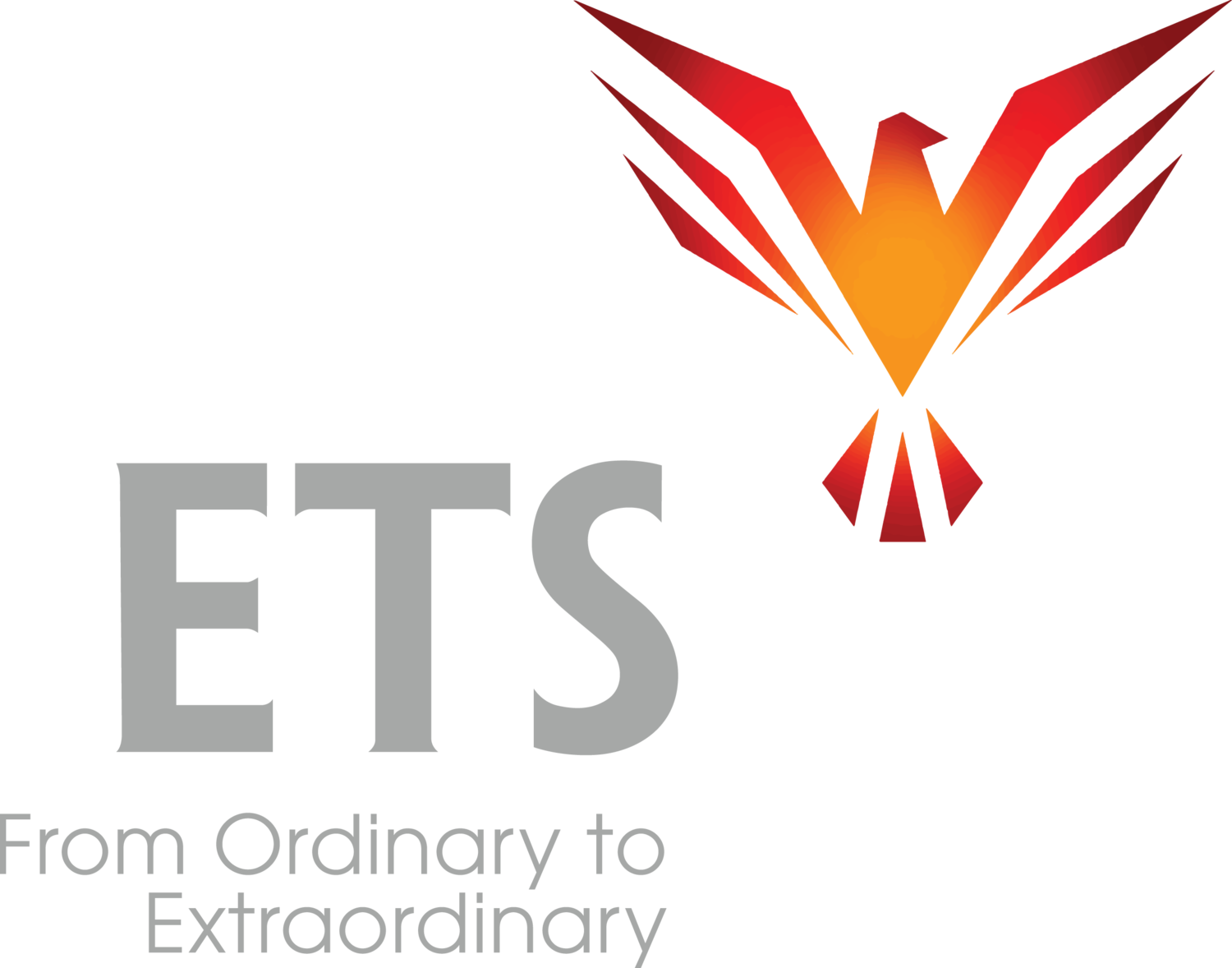“I don’t know if it’s possible, but I would like to be captivating.”
This came from Jeffrey who sounded like it would never happen. He was telling me his goals at the start of the presentation skills workshop for senior execs their CEO had arranged. Jeffery is in Finance and no one would have described him as captivating.
Alan, the senior exec over Engineering, said, “Me too.”
The rest of the group all nodded, they wanted that too.
They all did their “Before” videos. They came across as brilliant, smart, experienced. None of them was captivating.
They looked at me hopefully.
By the end of the training, they were each not only captivating, but irresistibly compelling, and even charismatic. They came across as true leaders.
I’m going to talk to you about one of the things they learned that contributed to their transformation…
